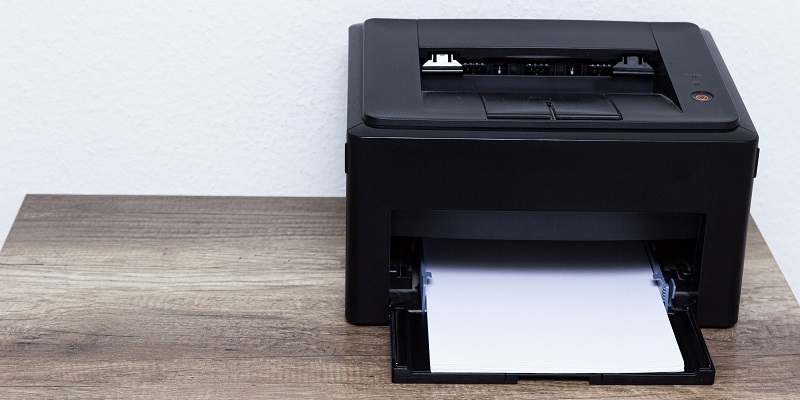In today’s digital age, printer security has become an essential consideration to protect user privacy and data security. Canon, a leading provider of inkjet printers, has recently raised concerns over potential security risks associated with the disposal of these printers. If exploited, this vulnerability could lead to a breach of user privacy and compromise data security. In this article, we will delve into the implications of these risks and explore the steps recommended by Canon to ensure the security and protection of their inkjet printers.
Canon’s concerns over printer disposal
Canon has identified a specific security vulnerability related to the disposal of inkjet printers. This vulnerability poses a significant threat as it could potentially allow unauthorized access to critical Wi-Fi setup information. Imagine the consequences of an unknown individual gaining access to your printer’s Wi-Fi settings – personal and confidential data could be at risk. Therefore, Canon’s concerns regarding printer disposal should not be taken lightly.
Potential security risks and their implications
The implications of the security vulnerability associated with inkjet printer disposal are serious. One of the primary concerns is the breach of user privacy and data security. If exploited, this vulnerability could expose sensitive information and compromise the privacy of individuals and businesses. Unauthorized access to critical Wi-Fi setup information becomes a potential threat, providing avenues for cybercriminals to exploit printer networks and gain access to valuable data.
Identified printer models affected by the vulnerability
The scope of Canon printers affected by this problem is vast, encompassing 196 inkjet, business inkjet, and large-format inkjet printer models. Canon has diligently identified the affected printer models and is urging users to take immediate action. The identified printer models are at a higher risk of the security vulnerability, making it crucial for users to be proactive in securing their printers.
Steps to ensure security and protection
To mitigate the potential risks associated with inkjet printer disposal, Canon has provided a series of steps that users should follow:
1. Factory resetting affected printer models twice: This process ensures the complete deletion of sensitive data. By resetting the printer twice, users can be confident that no traces of information remain on the device.
2. Consult the operation manual for specific printer models: Since different printer models may have unique reset processes, it is important to reference the operation manual provided by Canon. This will guide users through the specific steps required to factory reset their printer model.
3. Isolate printers on separate networks from valuable assets: Implementing an additional security measure involves segregating printers onto separate networks from other valuable assets. By doing so, even if one network is compromised, the risk of the printer being exploited is minimized.
4. Install firmware updates and deactivate unnecessary services: Keeping printer firmware up to date is crucial to ensure the latest security fixes are in place. Additionally, deactivating unnecessary services further enhances printer security by reducing potential entry points for hackers.
In summary, Canon has raised valid concerns over the security risks linked to the disposal of inkjet printers. The potential vulnerability could lead to a breach of user privacy and compromise data security. With a vast number of printer models affected, Canon urges users to take immediate action, including twice factory resetting affected printer models, consulting operation manuals, isolating printers on separate networks, and installing firmware updates. These steps are essential to address these security concerns and protect user privacy and data security. By being proactive in implementing these measures, printer users can ensure that their information remains secure and their privacy remains intact.

